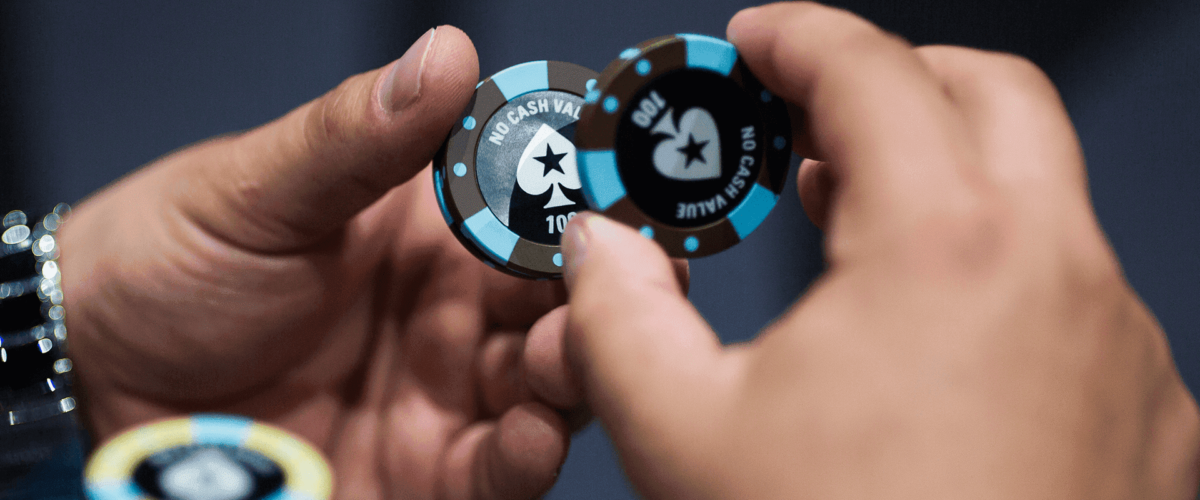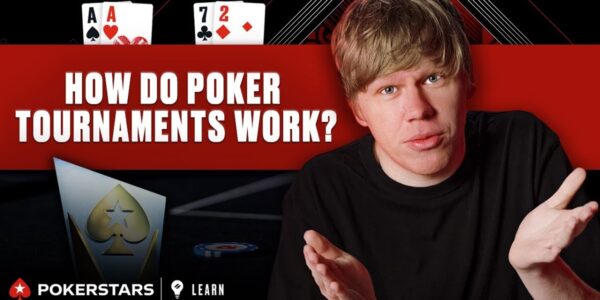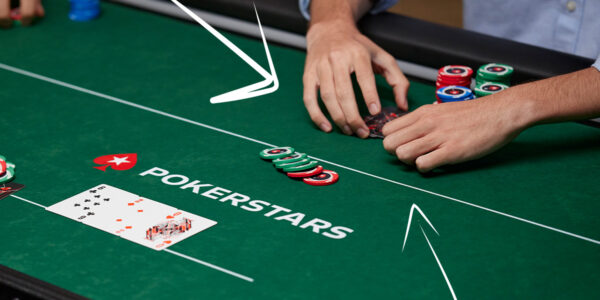Inside the Mind of a Pro – How to Beat Maniacs
A maniac is the sort of player who shovels money into the pot with no regard for his opponent’s range or tendencies. Maniacs bluff in all kinds of spots because not winning the pot is an unacceptable prospect for them. Usually, these players end up overplaying marginal hands; often turning them into bluffs by betting so large that they are only getting called by hands that beat them. When you’re card-dead against these players, life feels impossible, but you will prevail in the long-term as long as you see their game for what it is – an erratic spewfest.
A Hand Vs. A Maniac
The easiest hand to have in poker is nothing. The stronger the hand, the harder it is to make. We all know this intuitively, but it is important to remember it when in the heat of battle with a wild player. Sometimes students complain to me that they don’t know whether the maniac has it or not because he’s so unpredictable. Of course, you don’t know whether he has hit the board this time, but what you do know is that normally he won’t because he plays a very wide range pre-flop and continues betting with most of it regardless of whether he connects in a good way or not. A maniac’s bets do not need to represent any strength. They are just a random occurrence and many of them will be made by absolute garbage. Here is an example from last night’s stream on PokerStars’s twitch channel.


I raised in the SB with to $2.70 at 100NL ZOOM and a wild looking player called in the big blind. This Villain has so far played 77% of his hands pre-flop, raising 54% of the time. The flop came K♥ 6♥ 3♣ . Against most opponents, I would either be betting something small like one third pot or checking. Both plays also happen to work fine against the maniac. If I check, he might bet a very wide range for no reason and I can certainly invite this, planning to call down with the two tens. Alternatively, I can bet small and avoid giving Villain the option of a free card, while still inducing some raises and calls from silly hands. I opt for the latter option and bet $1.59 into $5.40. Unsurprisingly, Villain raises to $3.18. This raise is incredibly tiny. Imagine Villain first calling the bet of $1.59. This makes the pot $8.58 and then Villain makes it another $1.59 to go. This is less than 20% of the new pot! I want to continue here with every single hand in my range. Hands that were too bad to call here would not have bet into a maniac in the first place. Since players like this will attack you with any two random cards, it is a mistake to bet/fold your trash. It is often better to give up your very worst hands by check/folding to a bet and then calling all your betting range to this small raise.
I call and the turn brings the 2♦ I check planning on doing more bluff-catching and Villain bets $1.00 into $11.76. On average, this will make his range weaker. He will be weighted more towards air and weak pairs than to top pair or better. That said, as this player is so all over the place, there is still a chance that he is making this tiny bet with Kx. There is certainly a case for raising here – it allows me to build the pot further vs. bad pairs that may well refuse to fold and it gets me value against draws. The downside is I am losing more money than I need to by raising the times that Villain does have me beat. I also run the risk of shutting down his river bluffs in case he wants to wake up with a big bet on the end. I decide to call, but it’s close.
I check the J♣ river and Villain bets $13.07 into $13.76. What is going on? The answer is that lots of different things could be happening. He may well have just made some strange two pair on the Jack. He could have been playing a monster in this bizarre fashion from the flop and he could still have Kx. There is such little rhyme or reason to a maniac’s plays that the right solution is to include all these hands in his range as well as plenty of air and random weak made hands too. When you need 33% equity to call a bet vs. a range that could contain hundreds of air combinations; you do not fold!
I click call and am shown 9♠ 7♥ , a truly random piece of air. Because these hands are so much easier to hold than a strong hand, we cannot narrow a maniacs range in the same way we would that of a tighter player. The air hands very quickly outweigh the good stuff. Waiting for a strong hand like top pair to bluff catch these opponents is to justify their wild strategy.
Conclusion
Call rivers against maniacs whenever you have some showdown value. Folding is playing right into their hands. If you suspect that you will have to fold often after making a bet, then don’t make that bet in the first place. Be selective but stubborn and you will crush the maniac in the long-term. Sometimes you have to ride the waves of variance against such a volatile player and take it on the chin when he randomly sucks out or happens to flop the nuts. In the long run, calling down will pay great dividends.











